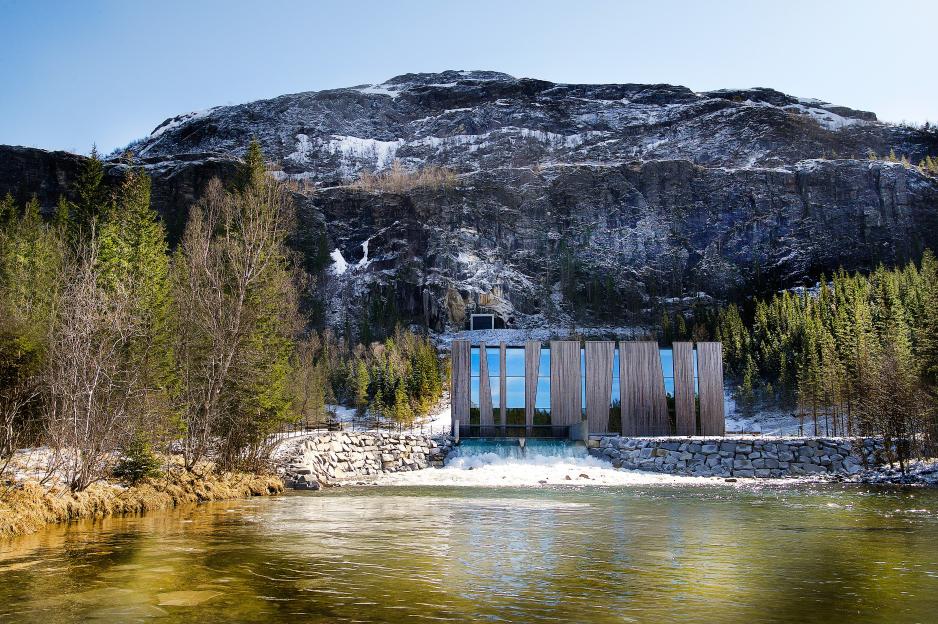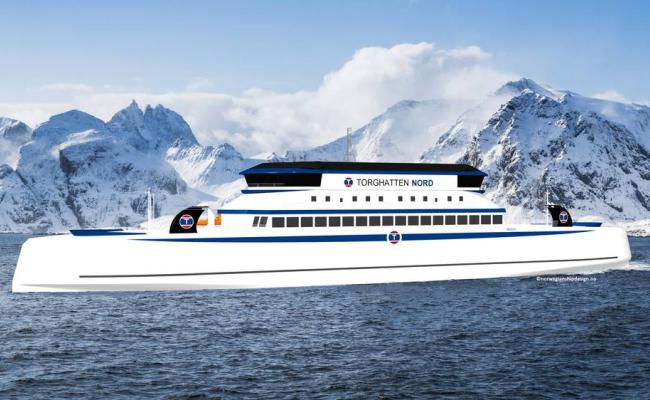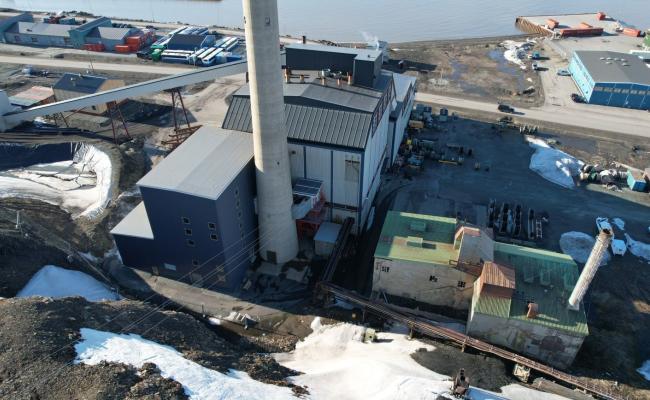Op-ed: Is Northern Norway on track to achieve the UN Sustainable Development Goals?

Øvre Forsland power plant in Leirfjord, Norway, which has received an international architecture award in New York in the class sustainability. (Photo: Helgeland Kraft)
This is a debate article, written by an external contributor. The article expresses the writer's opinions. High North News is not responsible for the content in external links.
Since 2015 the UN Sustainable Development Goals (SDGs) have been a blueprint for sustainable development at global and regional scale. The 17 interconnected Goals deal with all spheres of sustainability such as social, environmental and economic development.
The Goals are ambitious, and many countries are not on track of meeting them by 2030 as initially envisaged, the tall of pandemic further slowed progress and, in some instances, have turned trends to negative trajectory especially in gender equality indicators.
Norway as whole has performed well on the global scale. In 2021 Norway ranked seventh out of 165 in 2021 with an overall score of 81.98 and in Europe fifth out of 31 countries.
Northern Norway in focus
The fifth “Business Index North” periodic analytical report “Assessment of sustainable development in Northern Norway” focused on sustainable development in Northern Norway – Troms and Finnmark, and Nordland. The report assesses sustainable development in Northern Norway in accordance with the UN SDGs.
The project was financed by Troms and Finnmark County Council (through the Regional Arctic 2030 program), and the bank of Northern Norway (Sparebank 1 Nord-Norge) (through the program Samfunnsløftet). Results of the report are published online where users can build their own graphs using detailed regional and municipality level data.
Northern regions contribute to 8.9% of total Norway’s population and occupy 30% of its land area. Assessment of sustainable development in the northern Norwegian regions provides the following results.
A positive trend is observed in four goals (Clean water and sanitation; Affordable and green energy; Decent work and economic growth; sustainable cities and communities), while in 13 Goals there has been no positive improvement, or improvement on some indicators has been counteracted by weaker performance on others.
For instance, in Goal 3 (Good Health) the positive trend in preventing deaths from cancer, cardiovascular diseases, and diabetes has been offset by an increase in the prevalence of overweight and obesity and a deterioration in mental health. In five goals (No poverty; Quality education; Gender equality; Reduced inequalities and Life below water) the northern regions experience the greatest difficulties.
An alarming indicator is the widening gender inequality.
The High North has a variety of challenges in sustaining a sustainable population, fighting poverty, and raising educational attainment. An alarming indicator is the widening gender inequality. Water ecosystems are under increasing strain, and this needs to be taken into account.
Demographic changes affect the northern Norwegian regions to a much greater extent than the rest of Norway. Population growth in the northern regions has averaged out at 2.8% during the period 2011–2021 while in Norway it was 8.7%. From 2011 to 2019 the share of people living on less than 60% of the country’s disposable income has increased both in Norway and in the Arctic regions as a whole.
Data on the municipal level show great differences in inequality between municipalities.
The three northern regions collectively contributed 17.7% of all electricity produced in Norway. The surplus of electricity produced increased from 4,786 GWh in 2010 to 5,586 GWh in 2019. Of all electricity produced 92% was from renewable sources. The northern regions exhibited a strong economic growth of 55% compared to the country total of 37.1% during the period 2010–2019, with the highest growth in fisheries and aquaculture.
The number of R&D staff per 10,000 remains considerably lower in the northern region. Investments in R&D are important for spillover effects to create a knowledge economy and ensure the diversification of the industrial structure in the North.
In order to be on track to achieve the goals by 2030, special attention needs to be paid to rebalancing the economy, nature, climate, and the wellbeing of the people in the High North. Investments in health, education, social security, a green and circular economy, and infrastructure in northern areas must all be considered when formulating policies.



